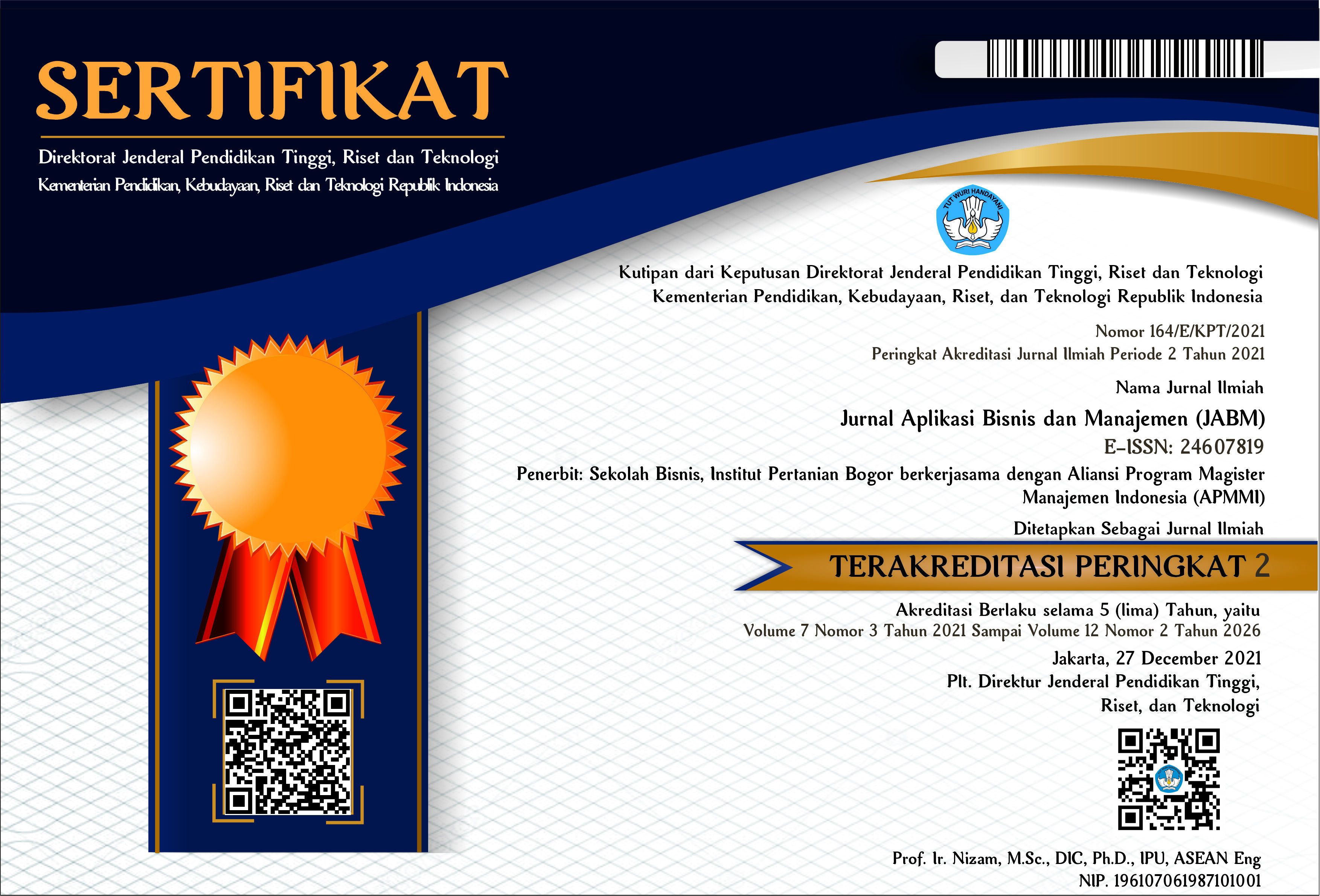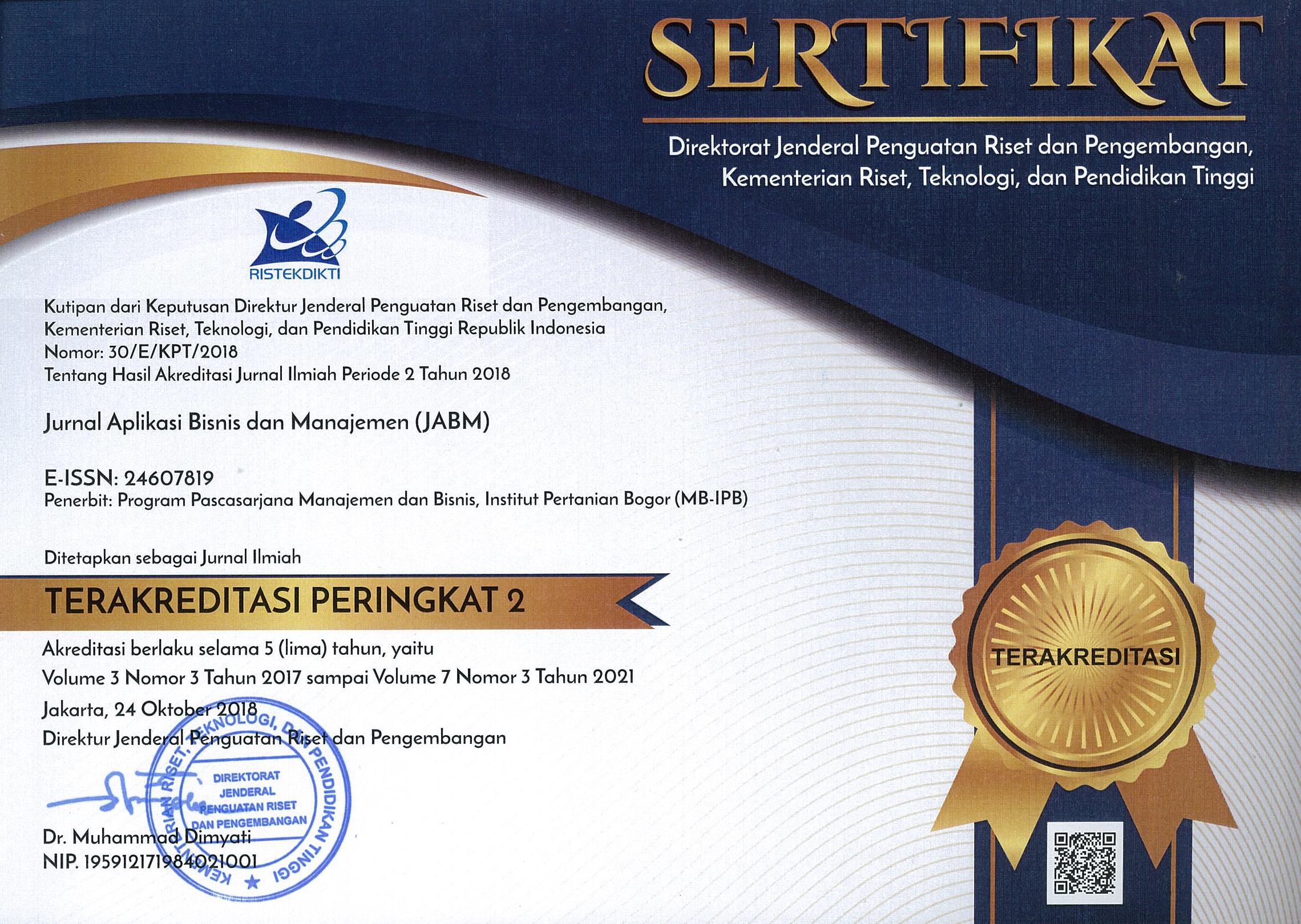Strategi Korporasi Pada Perusahaan Milik Negara Tbk Dengan Menggunakan Corporate Parenting Framework
Corporate Strategy at Perusahaan Milik Negara Tbk Using The Corporate Parenting Framework
Abstract
This study aims to assess the level of suitability between the parenting characteristics of Perusahaan Milik Negara Tbk and the critical success factors of PT Discover Indonesia Ltd; assessing the degree of suitability between the parenting characteristics of Perusahaan Milik Negara Tbk and the parenting opportunities of PT Discover Indonesia Ltd; determine Discover's position based on the parenting fit matrix area and formulate priority strategies that can be applied by Perusahaan Milik Negara Tbk to PT Discover Indonesia Ltd using the AHP method. This suitability assessment uses the Parenting Fit Matrix approach based on the calculation of the weights and ratings filled out by the top management of the parent company and its subsidiaries. The final results of this study indicate that the position of the area of PT Discover is at the Edge of Heartland, namely a position where the parent company can add value but in some cases has the potential to destroy the value of the subsidiary. In this position, the main strategies that can be carried out based on the AHP assessment are formulated, namely accelerating the development of new field projects in assets that have just been operated by Discover.
Keywords: AHP, corporate strategy, corporate parenting framework, oil and gas, parenting fit matrix








